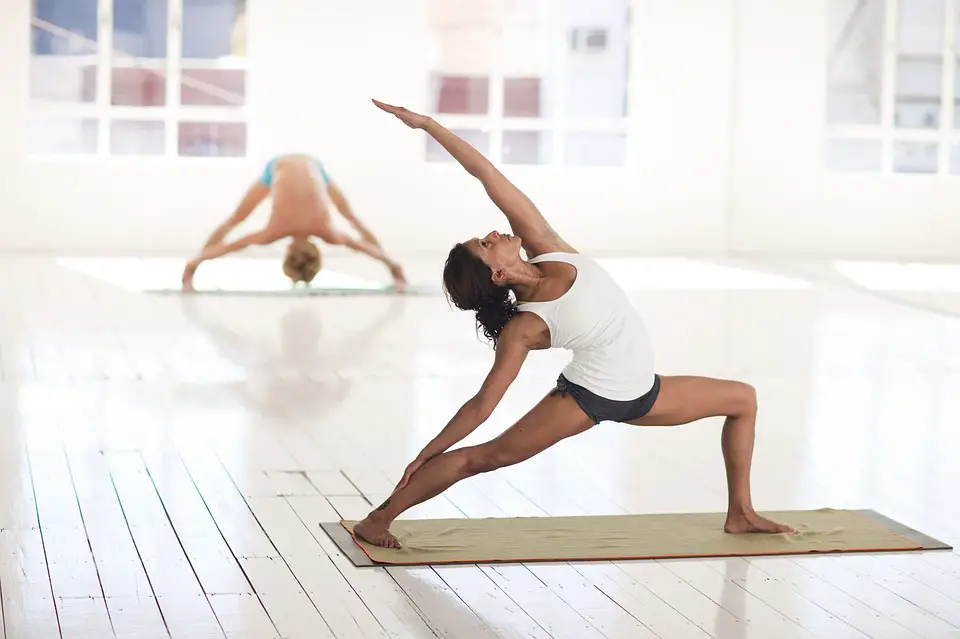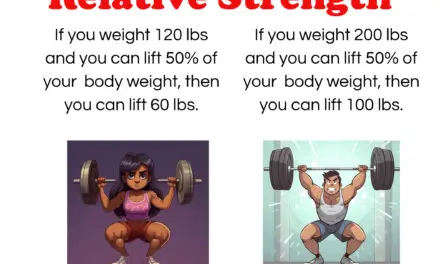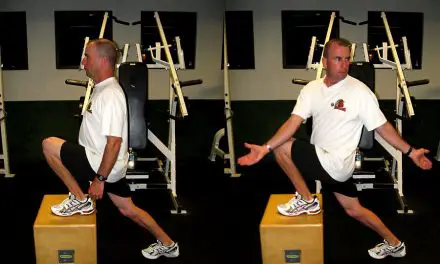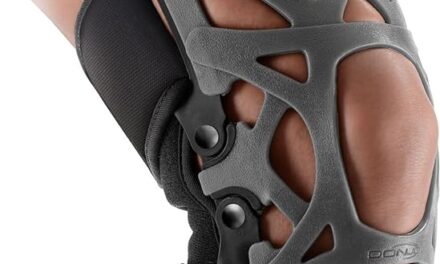Current scientific evidence reveals that tight hip flexors or psoas muscles has very little or no contribution to low back pain.
For many years when I was a personal trainer, I had thought that tight iliopsoas (iliacus and psoas major/minor) is a major causation of low back pain because the tightness of the muscles would pull the lumbar spine forward and cause the pelvis to tilt forward. Well, at least that was what I learned in my personal training certification.
It made sense. It had some “science.” It was also a good selling pitch to clients why they need to hire a trainer at the gym to solve their back pain problem— stretching, foaming rolling, and two to six weeks of “corrective exercise” (the duration depends on what you feel like choosing).
As I became more science savvy and more open to question my own learning and beliefs, I understand that low back pain and other types of pain are contributed by other factors beyond our biology and biomechanics. The latter factors are still important in understanding why someone has pain, but they are emphasized too much and ignore the bigger picture of pain.
Evidence on tight hip flexors causes back pain
A search on PubMed yields very little research behind the correlation between low back pain and tight psoas. One major research on this was published the Upsala Journal of Medical Sciences in 1988 where about 600 young men, who were enlisted in military service, were examined at the beginning and during the service over a four-year period. Researcher Ann-Lisa Hellsing concluded that “Tight hamstring- or psoas muscles could not be shown to correlate to current back pain or to the incidence of back pain during the follow-up period.” (1)
She also added, “This points to part of the problem that having tight muscles is the result of both positive and negative factors. Heavy muscular work or strength training, longstanding pain or a poor movement pattern can all result in muscle tightness, probably also depending on genetic factors.
“Experience of pain in the tight muscles themselves during the test differed very much between the subjects, but was not systematically recorded. The results in this study can also seem contradictory to clinical experience, i.e. that back pain is diminished by the stretching of tight muscles. It does not actually have to be contradictory, however, because more flexible muscles probably alter the load from the painful sites.” (1)
Tight psoas are also partially blamed for having the anterior pelvic tilt, which causes excessive lordosis and low back pain. However, there aren’t any good quality evidence to support this idea. An Iranian study with 600 people (ages 20s to mid-60s) randomly selected from five hospitals found that it is more likely that muscle endurance and weakness are associated with low back pain while structural factors (e.g. pelvic tilts, leg length discrepancy, lordosis size) are not associated with low back pain. (2)
Some clinicians hypothesized that there could be some correlation between tight psoas and low back pain — if you have infantile cerebral palsy. Four case studies are examined in a study published in the Journal of Orthopaedics & Traumatology. The researchers described patients with infantile cerebral palsy, especially in tetraparesis or paraparesis (diplegia), have spasticity in the psoas muscle, which “may cause hip flexion deformity and a hollow back, either dynamic or structured, i.e., caused by spastic contraction or fixed retraction of the muscle. After causing these deformities, muscle tension may cause pain in a still unknown way.” (3)
In these case studies, each patient’s psoas were “released” mostly by Botox injection at the psoas muscles with one patient (Case 2) who had undergone some physiotherapy with the Botox treatment. All for cases reported no back pain with a short-term follow-up and better hip range of motion and gait after the treatment. (3)
So if tight psoas were to be a primary cause of low back pain, then this may apply to a very specific population, not for the active and healthy teen or adult. However, the evidence is still hypothetical, according to this study.
Psychologist Christopher Moyer once said in an interview, “[low back pain] is a notorious difficult condition to treat,” and oftentimes, blaming at just one muscle or any groups of muscles to be contributor to low back pain distracts us from looking at other factors that may contribute to pain, such as how clinicians communicate to the patient about their scans and pain (4), central sensitization (5), living environment (6), and occupation (7).
We should be careful about what we learn and re-evaluate our beliefs about pain. Patients and clients in pain should be given the care we have based on the best available scientific evidence with our clinical reasoning and hands-on work. No therapist, trainer, or coach should be give information with no quality evidence. As Rolfer Todd Hargrove wrote:
“And, even if a weak correlation exists between pelvic tilt and back pain, this does not prove that the pelvic tilt is causing the pain. It is just as plausible that pain causes the tilt, and in fact there are studies to show that pain causes postural changes that are presumably protective in nature. And, even if anterior pelvic tilt does predispose you to back pain, it is yet another leap to conclude that it can be corrected. And yet another to prove that correction will reduce back pain.” (8)
References
1. Hellsing, AL. Tightness of hamstring- and psoas major muscles. A prospective study of back pain in young men during their military service. Ups J Med Sci. 1988;93(3):267-76.
2. Nourbakhsh MR, Arab AM. Relationship between mechanical factors and incidence of low back pain. J Orthop Sports Phys Ther. 2002 Sep;32(9):447-60.
3. G. Marrè-Brunenghi, R. Camoriano, M. Valle, and S. Boero. The psoas muscle as cause of low back pain in infantile cerebral palsy. J Orthop Traumatol. 2008 Mar; 9(1): 43–47. doi: 10.1007/s10195-008-0104-5.
4. Bossen JK, Hageman MG, King JD, Ring DC. Does rewording MRI reports improve patient understanding and emotional response to a clinical report? Clin Orthop Relat Res. 2013 Nov;471(11):3637-44. doi: 10.1007/s11999-013-3100-x.
5. Sanzarello I, Merlini L, Rosa MA, Perrone M, Frugiuele J, Borghi R, Faldini C. Central sensitization in chronic low back pain: A narrative review. J Back Musculoskelet Rehabil. 2016 Mar 4.
6. MC Bushnell, LK Case, M Ceko, VA Cotton, JL Gracely, LA Low, MH Pitcher, and C Villemure. Effect of environment on the long-term consequences of chronic pain. Pain. 2015 Apr; 156(0 1): S42–S49. doi: 10.1097/01.j.pain.0000460347.77341.bd.
7. Altinel L, Köse KC, Ergan V, Işik C, Aksoy Y, Ozdemir A, Toprak D, Doğan N. The prevalence of low back pain and risk factors among adult population in Afyon region, Turkey. Acta Orthop Traumatol Turc. 2008 Nov-Dec;42(5):328-33.
8. Hargrove T. Does Anterior Pelvic Tilt Cause Low Back Pain? Better Movement.
Further Reading
1. The fall of the postural–structural–biomechanical model in manual and physical therapies: Exemplified by lower back pain. Eyal Lederman.
2. Low Back Pain Care and Consquences. Science-Based Medicine.
3. You Back Is Not Out of Alignment. PainScience.
A native of San Diego for nearly 40 years, Nick Ng is an editor of Massage & Fitness Magazine, an online publication for manual therapists and the public who want to explore the science behind touch, pain, and exercise, and how to apply that in their hands-on practice or daily lives.
An alumni from San Diego State University with a B.A. in Graphic Communications, Nick also completed his massage therapy training at International Professional School of Bodywork in San Diego in 2014.
When he is not writing or reading, you would likely find him weightlifting at the gym, salsa dancing, or exploring new areas to walk and eat around Southern California.





